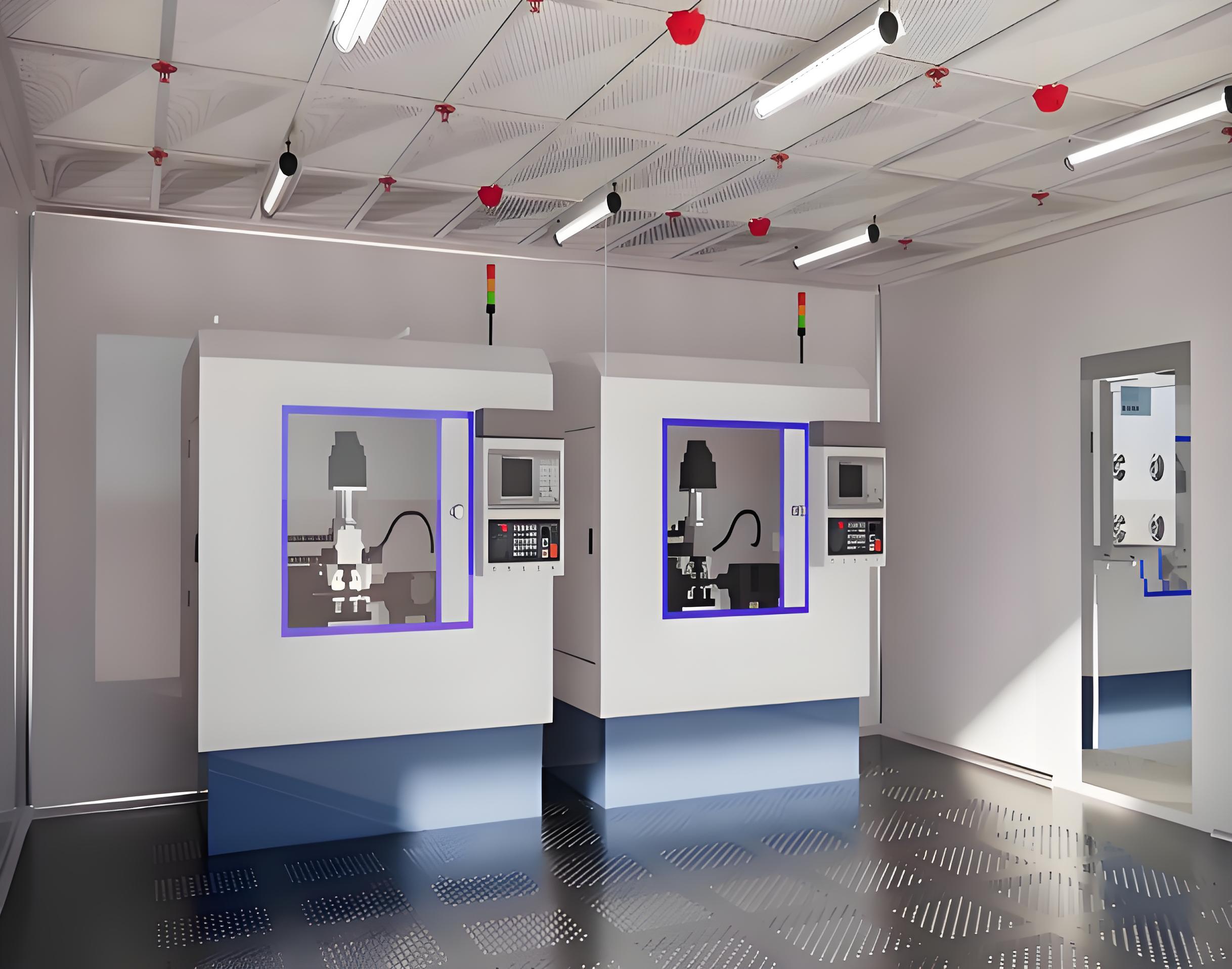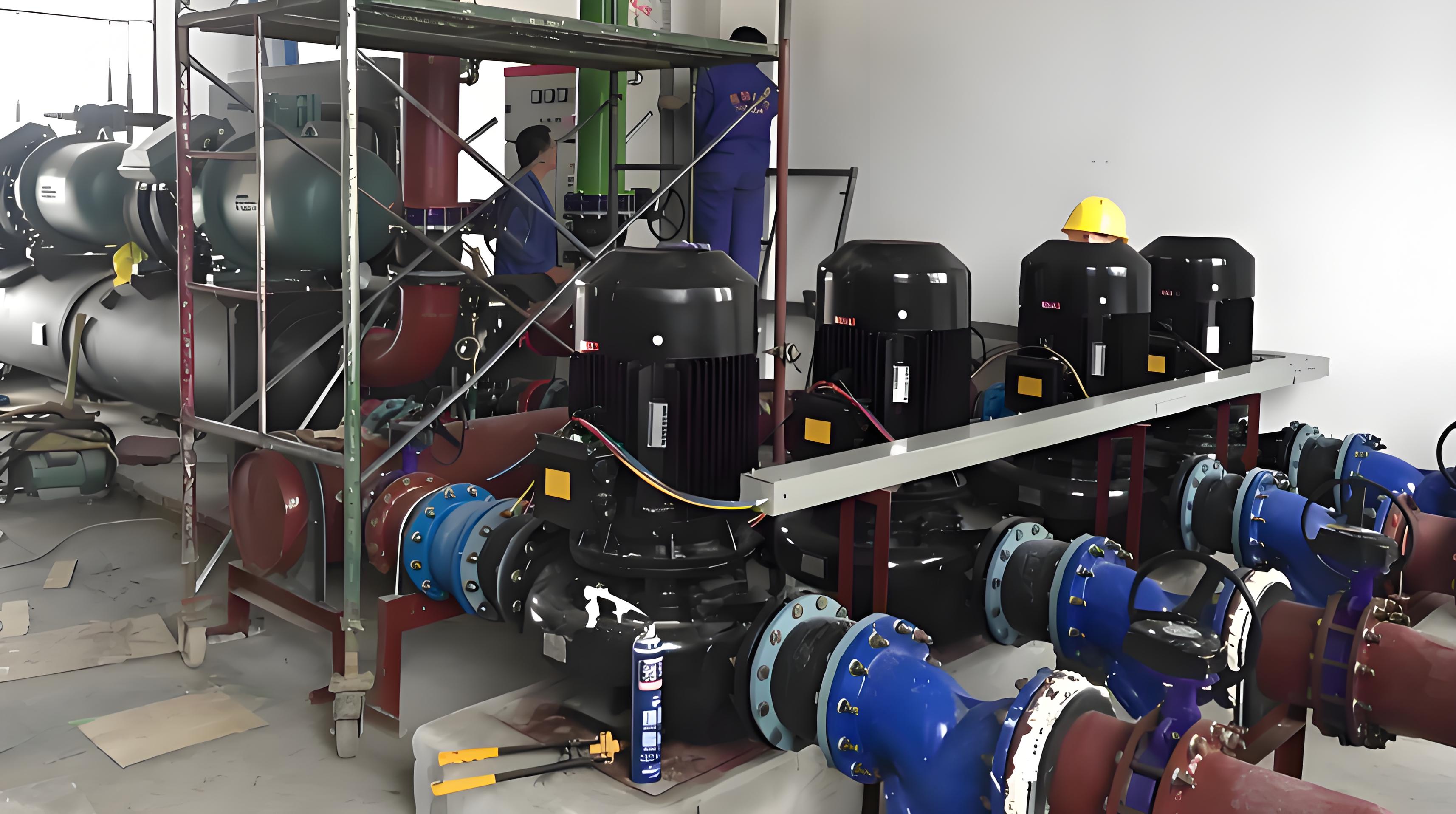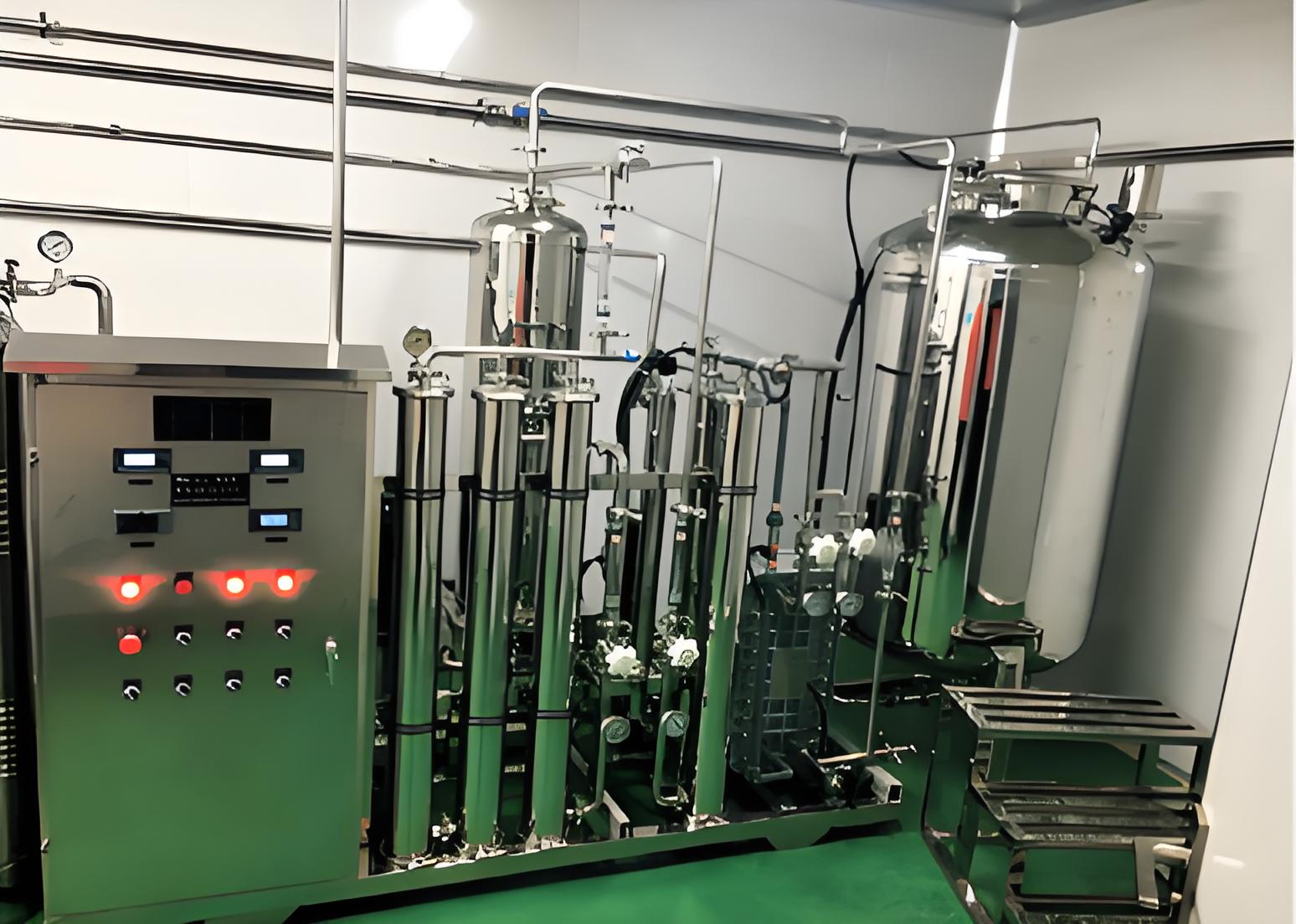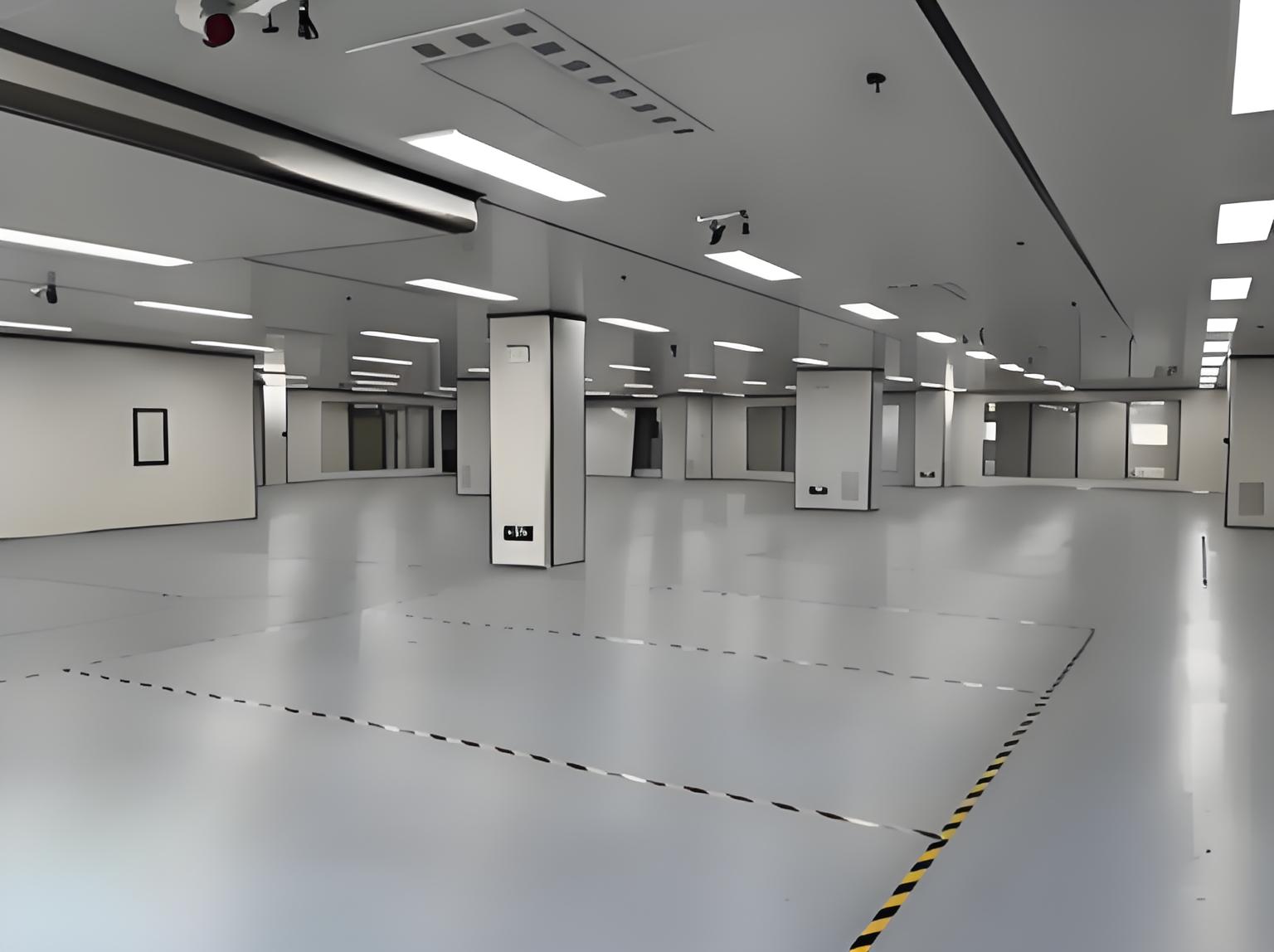




In today's highly regulated industries, maintaining a contamination-free environment is paramount for product quality and safety. A clean room chamber serves as the cornerstone of such controlled settings, providing a sealed space where airborne particles, temperature, humidity, and other contaminants are meticulously managed. Whether in pharmaceuticals, biotechnology, electronics, or aerospace, the demand for reliable clean room chamber solutions is growing exponentially. This article delves into the critical aspects of clean room chamber technology, covering modular designs, complementary equipment like clean benches, manufacturer selection, customization options, installation processes, and pricing factors. By understanding these elements, businesses can make informed decisions to enhance their operational efficiency and compliance.
The importance of a clean room chamber cannot be overstated. It ensures that sensitive processes, such as semiconductor manufacturing or sterile drug production, occur in an environment free from pollutants. As industries evolve, so do the requirements for these chambers, leading to innovations like modular systems and custom configurations. This piece will guide you through the essentials, helping you navigate the complexities of selecting, installing, and budgeting for a clean room chamber. With a focus on practical insights, we aim to equip you with the knowledge needed to optimize your facility's performance.

A clean room chamber is a controlled environment designed to minimize the presence of airborne particles, microbes, and other contaminants. These chambers are classified based on the number of particles per cubic meter, following standards like ISO 14644-1. Typically, a clean room chamber includes HEPA or ULPA filtration systems, precise climate control, and materials that resist particle generation. They are essential in industries where even minor contaminants can lead to product failures, health risks, or regulatory non-compliance. For instance, in medical device manufacturing, a clean room chamber ensures sterility, while in electronics, it prevents defects in microchips.
The core components of a clean room chamber often involve walls, ceilings, and floors made from non-shedding materials, along with airlocks and monitoring systems. Over the years, advancements have led to more flexible and scalable options, such as modular clean rooms, which we'll explore next. Understanding the basics of a clean room chamber is the first step toward implementing an effective contamination control strategy in any high-stakes industry.
A modular clean room represents a modern approach to contamination control, offering flexibility and scalability that traditional built-in clean rooms lack. Unlike fixed structures, a modular clean room is constructed from prefabricated panels that can be easily assembled, disassembled, or reconfigured. This makes it ideal for businesses experiencing rapid growth or those requiring temporary setups for specific projects. The key benefits of a modular clean room include reduced installation time, lower initial costs, and the ability to adapt to changing regulatory standards.
In practice, a modular clean room can be customized to meet various cleanliness classes, from ISO 5 to ISO 8. It integrates seamlessly with existing clean room chamber systems, allowing for expansions or modifications without significant downtime. For example, a pharmaceutical company might use a modular clean room to add a new production line quickly. Additionally, these systems often incorporate energy-efficient features, such as optimized airflow designs, which can lead to long-term savings. When considering a clean room chamber, evaluating a modular clean room option can provide a cost-effective and future-proof solution.
While a clean room chamber provides a broad controlled environment, a clean bench offers localized protection for specific tasks. Also known as laminar flow hoods, clean benches are enclosed workstations that use HEPA filters to create a particle-free zone. They are commonly used within or alongside a clean room chamber to handle sensitive materials, such as laboratory samples or electronic components. The clean bench enhances the overall efficacy of a clean room chamber by providing an additional layer of contamination control.
There are two main types of clean bench: horizontal and vertical airflow configurations. Horizontal flow benches direct air from the back to the front, protecting the user and the product, while vertical flow benches push air downward, ideal for processes requiring minimal turbulence. Integrating a clean bench into a clean room chamber setup can improve workflow efficiency and reduce the risk of cross-contamination. For instance, in a biotechnology lab, a clean bench might be used for cell culture work within a larger clean room chamber. This combination ensures that critical operations remain uncompromised, highlighting the synergy between a clean bench and a clean room chamber.
Choosing the right clean room chamber manufacturer is crucial for ensuring quality, compliance, and long-term performance. A reputable clean room chamber manufacturer will have a proven track record in designing and building chambers that meet international standards, such as ISO and GMP. When evaluating a clean room chamber manufacturer, consider factors like experience, certifications, customer reviews, and after-sales support. A reliable clean room chamber manufacturer often provides comprehensive services, from initial consultation to installation and maintenance.
Working with an established clean room chamber manufacturer can also facilitate access to custom solutions. For example, some manufacturers specialize in industry-specific designs, such as those for healthcare or food processing. It's advisable to request case studies or site visits to assess the manufacturer's capabilities. Additionally, a good clean room chamber manufacturer will use high-quality materials and advanced technologies to ensure durability and efficiency. By partnering with a trusted clean room chamber manufacturer, you can mitigate risks and achieve a clean room chamber that aligns with your operational needs and budget.

A custom clean room chamber is tailored to address unique operational requirements that standard off-the-shelf solutions cannot meet. Whether it's unusual room dimensions, specific environmental controls, or integration with specialized equipment, a custom clean room chamber offers unparalleled flexibility. Industries with complex processes, such as aerospace or nanotechnology, often opt for a custom clean room chamber to achieve precise contamination levels and workflow optimizations.
The design process for a custom clean room chamber typically involves collaboration between the client and the manufacturer to identify key parameters, such as airflow patterns, material compatibility, and regulatory compliance. For instance, a custom clean room chamber might include enhanced insulation for temperature-sensitive applications or additional ports for monitoring devices. While a custom clean room chamber may involve higher upfront costs and longer lead times, the long-term benefits in terms of performance and scalability can outweigh these drawbacks. Investing in a custom clean room chamber ensures that your facility operates at peak efficiency, reducing the likelihood of costly adjustments down the line.
Proper clean room chamber installation is essential for achieving the desired contamination control and operational efficiency. The installation process begins with a detailed site assessment to identify potential challenges, such as space constraints or existing infrastructure. A well-executed clean room chamber installation involves coordinating with experienced technicians who follow standardized protocols to minimize disruptions. Key steps in clean room chamber installation include foundation preparation, panel assembly, HVAC integration, and filtration system calibration.
During clean room chamber installation, it's important to adhere to safety guidelines and regulatory requirements to prevent contamination during the build phase. For example, workers should use appropriate personal protective equipment (PPE), and the area should be isolated from non-clean zones. Post-installation, commissioning tests, such as particle count checks and airflow visualization, are conducted to verify the clean room chamber meets specified standards. A smooth clean room chamber installation not only ensures immediate functionality but also extends the lifespan of the equipment. Partnering with professionals for clean room chamber installation can help avoid common pitfalls and ensure a seamless transition to operational status.
Understanding the clean room chamber price is vital for budgeting and financial planning. The clean room chamber price can vary widely based on factors such as size, cleanliness class, materials, and additional features. For a basic clean room chamber, prices might start from a few thousand dollars, while high-end custom solutions can exceed hundreds of thousands. The clean room chamber price is also influenced by the type of system—modular clean rooms often cost less than traditional built-in chambers due to reduced labor and material expenses.
Other elements affecting the clean room chamber price include filtration requirements (e.g., HEPA vs. ULPA filters), climate control systems, and automation features. For instance, a clean room chamber with advanced monitoring and control systems will have a higher clean room chamber price but offer better long-term savings through improved efficiency. It's advisable to obtain quotes from multiple manufacturers and consider total cost of ownership, including maintenance and energy consumption. By analyzing the clean room chamber price in context, businesses can make cost-effective choices without compromising on quality or compliance.
The application of clean room chamber technology spans multiple sectors, each with unique demands. In healthcare, a clean room chamber is used for sterile compounding and medical device assembly, ensuring patient safety. The electronics industry relies on clean room chamber environments for semiconductor fabrication, where even microscopic particles can cause circuit failures. Similarly, in food processing, a clean room chamber helps maintain hygiene standards, preventing contamination during packaging.
Emerging fields like biotechnology and renewable energy are also adopting clean room chamber solutions for research and development. For example, in biotech labs, a clean room chamber supports gene editing experiments by providing a stable, contaminant-free setting. The versatility of a clean room chamber allows it to be adapted to various scales, from small benchtop units to large facility-wide installations. As industries continue to innovate, the role of the clean room chamber will expand, driving advancements in product quality and safety.
Regular maintenance is key to preserving the performance and longevity of a clean room chamber. This includes routine filter replacements, surface cleaning, and system calibrations. A well-maintained clean room chamber not only sustains contamination control but also reduces operational costs by preventing breakdowns. Maintenance schedules should align with manufacturer recommendations and usage intensity—for instance, a clean room chamber in a high-traffic area may require more frequent checks.
Common maintenance tasks for a clean room chamber involve monitoring particle counts, inspecting seals for leaks, and verifying airflow velocities. Using certified cleaning agents and trained personnel is essential to avoid introducing contaminants. Additionally, documenting maintenance activities helps in audits and troubleshooting. By prioritizing upkeep, businesses can ensure their clean room chamber remains compliant and efficient over time, protecting their investments and reputation.
The evolution of clean room chamber technology is driven by trends like automation, sustainability, and smart monitoring. Future clean room chamber designs may incorporate IoT sensors for real-time data analytics, enabling predictive maintenance and energy optimization. There's also a growing emphasis on eco-friendly materials and energy-efficient systems in clean room chamber construction, aligning with global sustainability goals.
Another trend is the increased adoption of modular and portable clean room chamber solutions, catering to agile manufacturing and remote sites. As industries face stricter regulations, advancements in clean room chamber filtration and contamination detection will become more critical. Staying abreast of these trends can help businesses future-proof their facilities and leverage a clean room chamber for competitive advantage.
In summary, a clean room chamber is an indispensable asset for industries requiring stringent contamination control. From modular clean rooms to clean benches, selecting the right components and manufacturers ensures optimal performance. Customization, proper installation, and mindful budgeting based on clean room chamber price are all crucial steps. By embracing best practices and staying informed on trends, organizations can harness the full potential of a clean room chamber to achieve excellence in their operations.
Q1: What is the primary purpose of a clean room chamber?
A1: The primary purpose of a clean room chamber is to provide a controlled environment with low levels of pollutants, such as dust, microbes, and airborne particles, ensuring product quality and safety in industries like pharmaceuticals, electronics, and biotechnology.
Q2: How does a modular clean room differ from a traditional clean room chamber?
A2: A modular clean room is built from prefabricated panels that allow for easy assembly, reconfiguration, and expansion, offering flexibility and cost savings. In contrast, a traditional clean room chamber is often a permanent, built-in structure with less adaptability.
Q3: What should I consider when choosing a clean room chamber manufacturer?
A3: When selecting a clean room chamber manufacturer, consider their experience, certifications (e.g., ISO standards), customer testimonials, range of services, and ability to provide custom solutions. It's also important to evaluate their after-sales support and maintenance offerings.
Q4: Can a clean room chamber be customized for specific industry needs?
A4: Yes, a custom clean room chamber can be tailored to meet unique requirements, such as specific dimensions, environmental controls, or integration with specialized equipment. This is common in industries with complex processes, like aerospace or healthcare.
Q5: What factors affect the clean room chamber price?
A5: The clean room chamber price is influenced by factors like size, cleanliness class, materials used, filtration systems, customization level, and installation complexity. Additional features, such as automation or advanced monitoring, can also impact the cost.
Q6: How often should a clean room chamber be maintained?
A6: A clean room chamber should be maintained regularly, with frequency depending on usage and manufacturer guidelines. Typically, this includes monthly filter checks, quarterly calibrations, and annual comprehensive inspections to ensure ongoing compliance and efficiency.